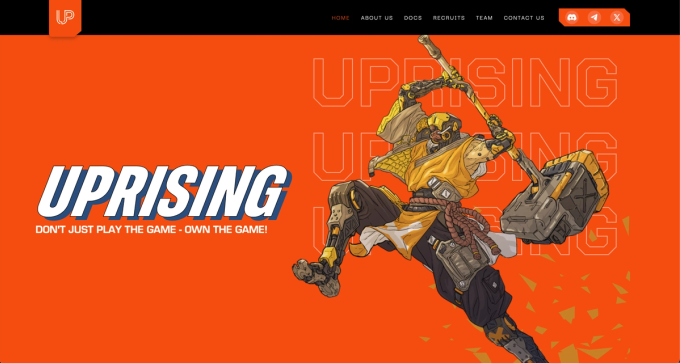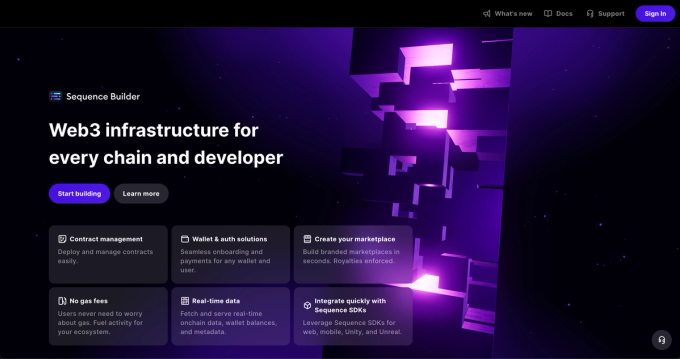Scaling web3 apps without sacrificing UX
August 19 2025
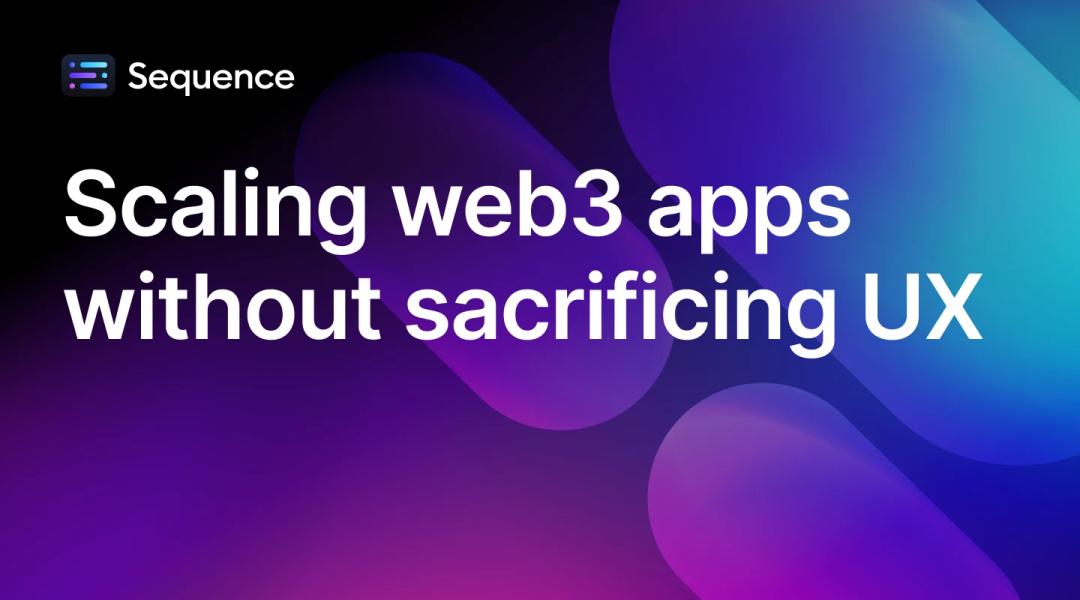
The early days of experimental web3 apps and crypto-native tooling are giving way to mature platforms that must scale to meet mass demand. From web3 games onboarding thousands of players daily to NFT drops that go viral in seconds, scalability is no longer optional; it’s mission-critical.
But now there’s a new problem emerging in web3: scaling often breaks UX.
Wallet pop-ups, chain-switching errors, session timeouts, and slow transaction confirmations remain common, even in “scaled” environments. Now, web3 developers need to grow their user base without creating friction that causes churn.
This article breaks down the most common challenges of scaling a web3 app and how to overcome them using a composable, developer-friendly web3 stack powered by Sequence, without sacrificing speed, UX, security, or reliability.
Why scaling breaks web3 UX
As web3 apps push to support larger user bases and real-time interactivity, traditional infrastructure starts to buckle.
Here are three common friction points that emerge when web3 apps scale, and why they matter for every developer building on blockchain.
1. Onchain congestion slows down interactions and momentum
EVM chains, such as Ethereum and Polygon, may reach throughput limits during high-volume events, including NFT drops, token mints, or decentralized trades. When mempools fill up, users might face long confirmation delays, unpredictable gas fees, or failed or stuck transactions.
In web3 games or live auctions, even a brief delay can disrupt gameplay or cost users money. As more apps go onchain, latency becomes a conversion killer.
2. Chain switching might create UX dead ends and reduce users
Multi-chain design is now common across the web3 space, but few wallets or web3 apps handle this the right way. Forcing users to manually switch chains mid-session often leads to confusing prompts, stuck UI states, or complete user drop-off.Chain context shouldn’t be the user’s problem. Every click or switch is a chance for the session to break.
3. Wallet pop-ups interrupt app flows
Legacy web3 wallet flows rely on third-party extensions, new browser tabs, or repeated confirmation modals. These mechanics break immersion in games or apps, cause errors in multi-step flows, and increase friction for non-crypto-native users.
In fast-paced environments, modal fatigue and disconnect risks erode trust and flow. A single missed confirmation can result in lost state, lost items, or lost users.
When a player can log in and mint their first NFT in under 10 seconds without seeing a chain selector, you’ve built a winning product. When a DeFi user can trade without ever needing gas tokens, you’ve removed a critical barrier. And when your infrastructure holds up under 10x growth, you’re ready to scale and retain users efficiently.
Sequence: the web3 development platform built for UX at scale
Sequence is a powerful web3 platform built specifically for real-time, high-scale web3 apps. Here’s how web3 developers use it to build performant apps that feel as intuitive as web2.
Embedded wallets with gas sponsorships: Sequence provides a fully embedded, non-custodial web3 wallet that integrates directly into your game or app. No extensions or wallet pop-ups required. Users can sign in using familiar web2 credentials like Google or Discord, creating a frictionless onboarding flow that feels intuitive from the first click.
Sequence supports gas sponsorship, allowing developers to cover gas fees on behalf of users across any supported EVM chain. This removes one of the biggest barriers to entry: needing native tokens just to interact with an app.
Real-time indexer and webhooks: Scaling is also about reading and reacting to blockchain data in real-time. The Sequence Indexer enables developers to track onchain data like balances, NFT ownership, or smart contract state with low-latency access across multiple chains. Paired with webhook support, developers can trigger backend logic instantly based on contract events, no polling needed.
Transaction manager: When web3 apps start pushing thousands of transactions, things can break fast, unless you have a transaction pipeline that’s built to scale. Sequence’s Transaction API handles complex interactions by batching, queuing, and relaying smart contract calls across multiple chains. It ensures transactions are processed in the correct order, automatically retried on failure, and resolved safely across networks.
Multi-chain support with smart account abstraction: Sequence natively supports all major EVM chains, including Ethereum, Polygon, Base, Arbitrum, and Avalanche. Using its multi-chain SDKs, developers can create web3 apps that seamlessly operate across these chains, without requiring users to switch networks manually.
Built-in abstraction handles routing, transaction signing, and state consistency, enabling a "chainless UX" where the complexity of the blockchain is hidden behind smooth, intuitive interactions. This approach is critical for web3 game development, where user flow and immersion matter more than technical architecture.
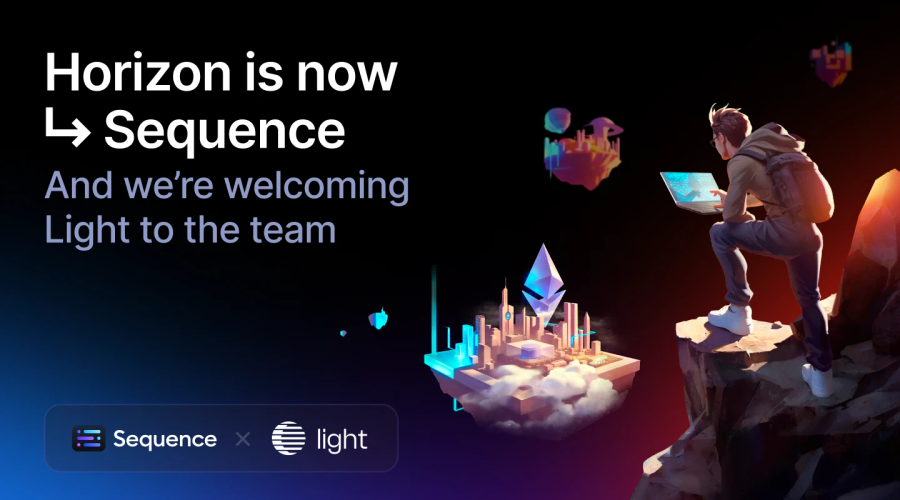
Today, we’re excited to announce a major milestone in our journey: we’re unifying our brand and expanding our capabilities to drive the future of web3 development!
Advanced analytics: Understanding how users interact with web3 apps is essential for improving onboarding, scaling, and performance. Sequence Analytics provides built-in telemetry and event tracking tools designed specifically for web3 developers. Developers can track wallet connects, transaction success/failure rates, user drop-off points, and chain-specific performance metrics, all without relying on legacy web2 analytics platforms.
Auto-scaling node gateway: The Sequence Node Gateway abstracts direct RPC management and automatically scales based on application load. No matter which chain you are deploying on, the gateway ensures your app maintains high throughput and low latency, especially during peak usage events like NFT mints or game-based item trades. This infrastructure layer is built for web3 apps that require fast, stable blockchain access at scale, without manual provisioning or tuning.
Scalable UX in action: use cases
Web3 game development
In fast-paced web3 games, every millisecond counts. From player movement to inventory updates and onchain rewards, latency and transaction friction can ruin player engagement. Sequence’s embedded wallet, gasless transactions, SDK suite (Unreal, Unity, web, mobile), and real-time Indexer allow developers to:
- Create seamless onboarding with email or social login, no wallet setup required
- Award in-game assets or tokens without forcing wallet confirmations mid-session
- Keep player inventory, rankings, and smart contract states synced live across multiple chains
- Minimize wallet fatigue with pre-authorized actions and persistent sessions
Sequence ensures players stay focused on gameplay, not on pop-ups, gas fees, or chain errors.
NFT marketplaces
Speed is everything in web3 commerce. During high-demand moments like exclusive NFT drops or auctions, infrastructure bottlenecks and bad UX lead to failed purchases and lost revenue. With Sequence, app marketplaces can:
- Mint, list, and transfer NFTs instantly using auto-scaled transaction management
- Sponsor gas fees for users to improve checkout conversion
- Sync metadata and ownership state in real-time via the Sequence Indexer
- Power cross-chain listings with zero user friction around chain switching
DeFi products
DeFi interfaces are getting more complex, but users still expect simplicity. Legacy wallet flows and signature-heavy interactions break momentum, especially for new users. Sequence simplifies DeFi flows with:
- Embedded wallets that support multi-step transactions (swap → stake → claim) without re-authentication
- Gas sponsorship for seamless first-time use
- Transaction API support for batching and relaying high-frequency contract interactions
- Smart contract integration with battle-tested, audited modules from Sequence’s ecosystem
If you’re building a cross-chain yield vault or a token-gated staking pool, Sequence removes the friction between user intent and successful execution.
How to get started with scaling your web3 app with Sequence stack?
Scaling web3 does not have to come at the cost of UX. Sequence gives developers the infrastructure to handle growth while making your app feel as smooth as web2.
- Start using Sequence Builder for free
- Explore our dedicated documentation to quickly set up and integrate Sequence scaling solutions
- Leverage our templates library to start building and scaling your web3 app in minutes
- Reach out to our team for questions and support
Sequence makes building onchain simple. Developers and teams can launch, grow, and monetize apps with unified wallets, 1-click cross-chain transactions, and real-time data, all in a modular and secure stack. No more stitching together fragmented tools or battling poor user flows. Sequence is production-ready infrastructure that helps teams ship faster, onboard more users, and scale confidently. From chains and stablecoins to DeFi and gaming, Sequence powers developers and applications across the EVM ecosystem with billions in transaction volume and millions of users. Trusted by leaders in blockchain, Sequence powers today’s onchain apps and delivers future-proof infrastructure for tomorrow’s breakthroughs. Learn more at sequence.xyz.
Written by

Sequence team
Sequence logoRelated Posts
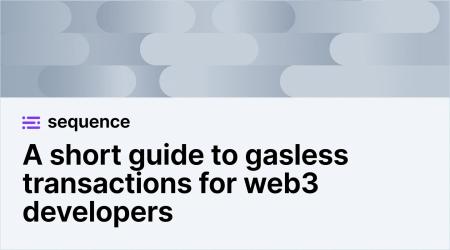
A short guide that explains exactly what gasless transactions are, and why they matter for your web3 experience.

In partnership with KOR Protocol, Sequence and Msquared, Black Mirror's franchise has launched the $MIRROR token and a new web3 experience!
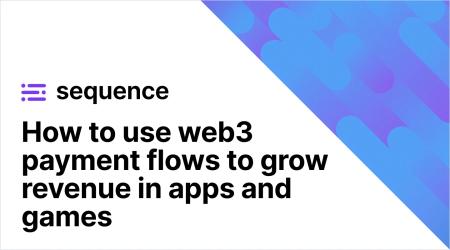
Web3 payment flows allow any app to embed onchain purchases and interactions in a way that feels natural for users. Learn more about them!
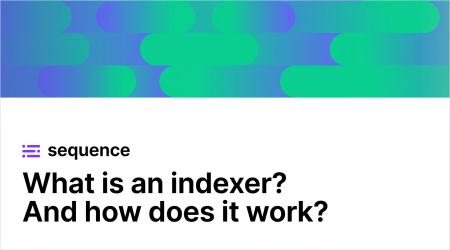
As more applications and protocols move onchain, indexers redefine how dev teams access, organize, and use blockchain data. Learn how!
